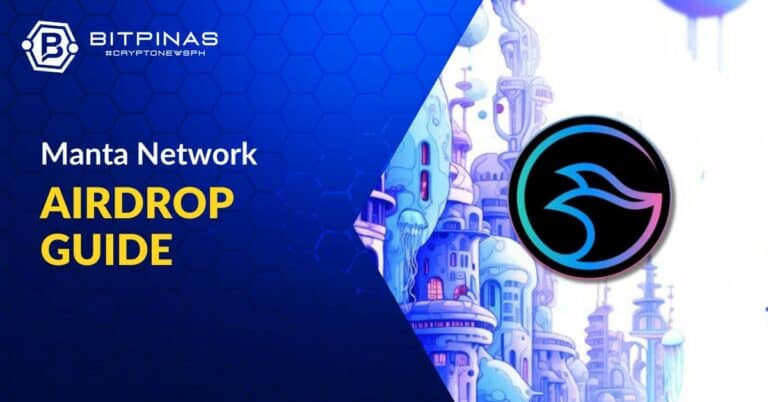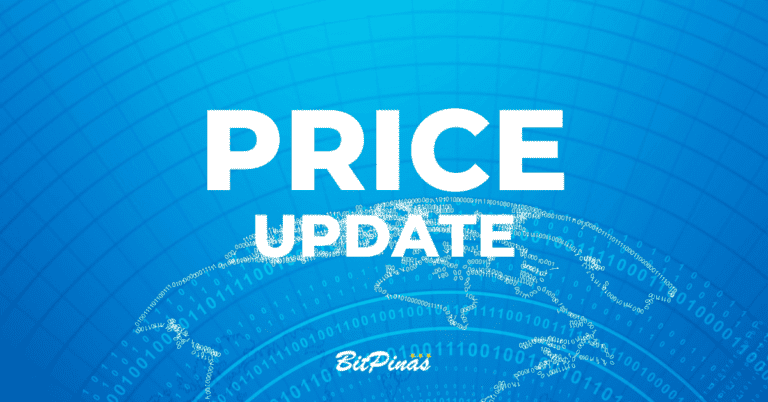zkSync Guide and Possible Airdrop Strategy
Learn about the Layer 2 Blockchain that tags itself as a trustless protocol for scalable, low-cost payments on Ethereum, and has a potential airdrop soon.
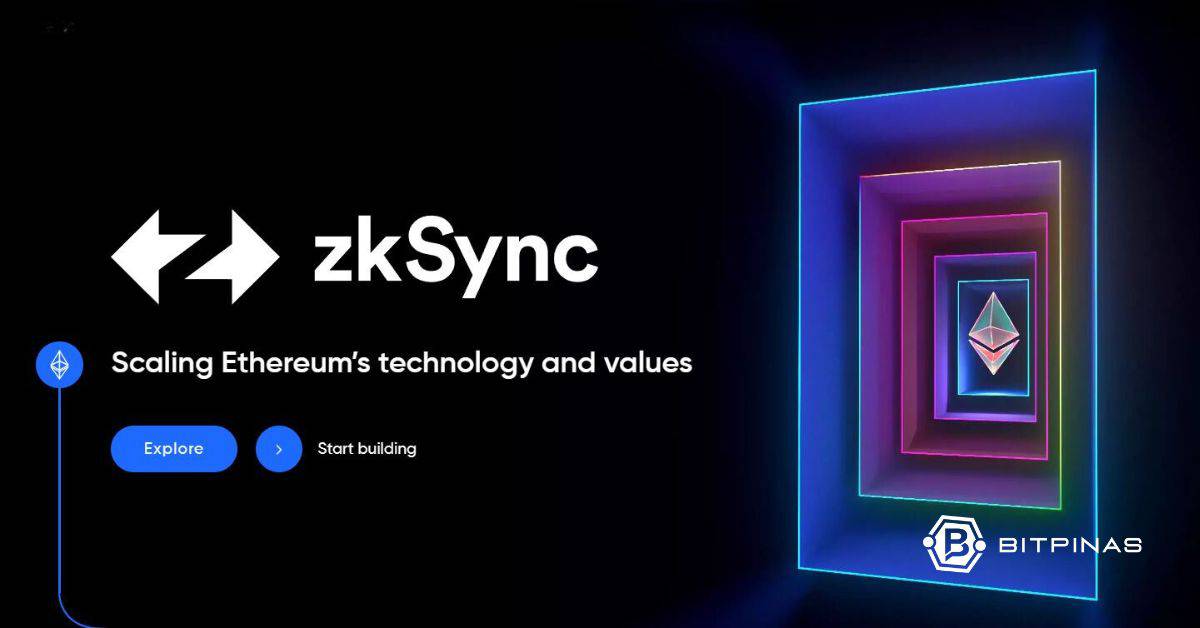
To help Ethereum’s scalability, layer-2 blockchains, or a blockchain on top of a blockchain, are born. And among the layer-2 blockchains for Ethereum is zkSync.
(Read more: Ultimate Guide to Solana Airdrops 2023 – 2024 and 10 Potential Crypto Airdrops to Watch Out For in 2024)
(Also read: Solana Airdrop Checker Tool Guide To Check If Your Wallet is Eligible and BONKbot Telegram Bot Guide: Fastest Way to Buy and Sell Solana Coins)
Table of Contents
zkSync Introduction
zkSyync tags itself as a trustless protocol for scalable, low-cost payments on Ethereum. As a layer-2 blockchain for Ethereum, it offers EVM projects high-speed, low-cost transactions while utilizing Ethereum’s security.
“While security is our paramount priority, user and developer experience are central to zkSync design. We obsessively seek out improvements that eliminate friction and complexity in order to make zkSync the most enjoyable platform on Ethereum, for both end-users and builders,” its website read.
In its whitepaper, zkSync developers highly emphasized the network’s advantages over other layer 2 blockchains—security and usability. It is because, according to them, zkRollup, the technology behind zkSync, does not require operational activity to keep its user’s funds safe:
“For example, users can go offline for a year, then come back and be sure to safely withdraw their assets without any external help—even if zkRollup validators were long gone. At our current stage of development, we encourage users to monitor the chain for upgrades and withdraw if they disagree with upcoming changes—in the future, upgrades will require a strict opt-in.”
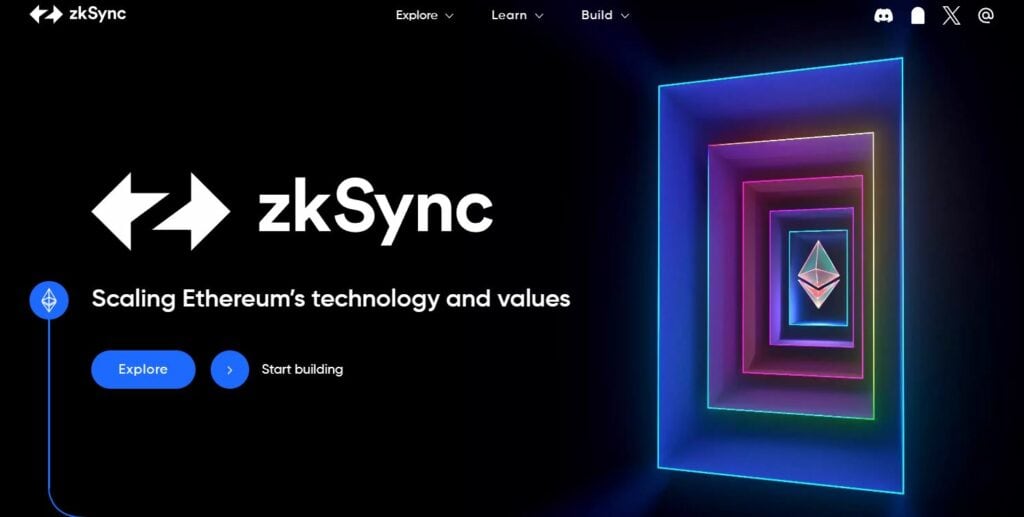
zkSync Features
zkSync’s main target is dApp developers. The layer 2 blockchain offers:
- Hello World: A set of zkSync Era development toolboxes for building a full dApp.
- Interacting with zkSync Era: A set of modules and lessons to learn the essentials of interacting with zkSync Era, utilizing zkSync SDKs, and connecting to the network via Metamask.
- Useful Addresses: A comprehensive list of essential addresses for building on zkSync.
Aside from these features, developers can also use zkSync to:
- Send an L1 to L2 transaction through the zkSync Era smart contracts.
- Send an L2 to L1 message via sending arbitrary-length messages from zkSync Era to Ethereum, and then handling the received message on Ethereum with an L1 smart contract.
- Transfer a token on L2.
- Verify contracts with its Hardhat plugin.
Meanwhile, non-developer web3 natives can still use the zkSync transfer, as it also aggregates and supports several platforms and offers it on its website as:
- A native bridge to transfer tokens from Era to Ethereum or other networks. Just choose the native bridges offered by zkSync, connect your wallet, and type in the derided amount to be bridged.
- A platform to bridge tokens from centralized exchanges. Just choose the list of CEXs supported by zkSync and transfer the assets to the wallet connected to the platform.
- A fiat on-ramp service. Just choose an om-ramp app, connect your wallet, and directly buy crypto using a credit card, bank transfers, and other payment methods.
- Block Explorers. Explore transactions, blocks, batches, contracts, and much more information about zkSync chains. Just choose the supported explorers, and search the information needed using its address.
zkSync Airdrop Guide
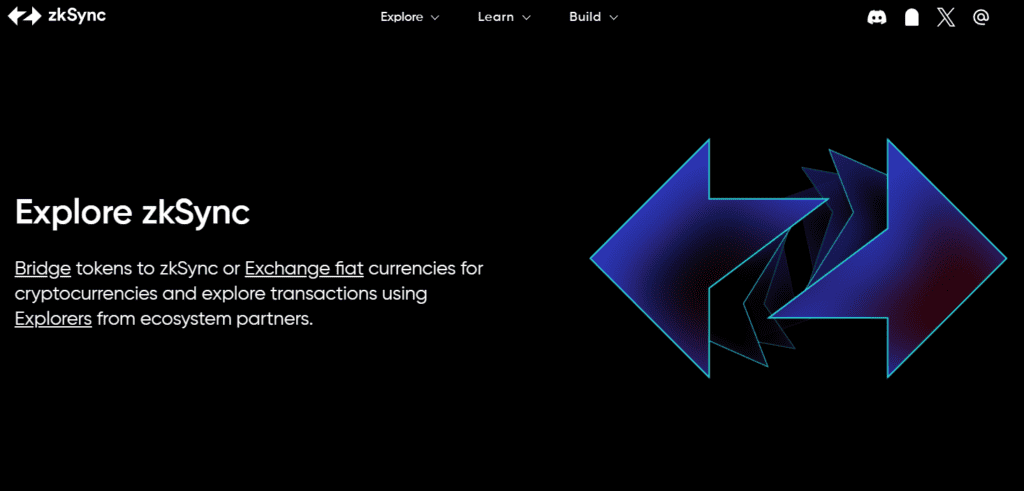
zkSync supports $ETH and all the ERC20 tokens. However, it still does not have its own utility token that should be used for paying for the transactions on the platform, instead, it is using Ethereum gas for its fees.
Thus, its community is speculating that once its own native token, a major airdrop will happen.
However, it should be noted that this potential airdrop is just mere community speculation, and zkSync developers are yet to confirm or announce it, especially on whether they will really launch a token or implement a points system instead.
But to be safe, the community is encouraging users to continue using the platform—whether as a developer for building dApps or as a crypto native for using it as a bridge.
This article is published on BitPinas: zkSync Guide and Possible Airdrop Strategy
Disclaimer:
- Before investing in any cryptocurrency, it is essential that you carry out your own due diligence and seek appropriate professional advice about your specific position before making any financial decisions.
- BitPinas provides content for informational purposes only and does not constitute investment advice. Your actions are solely your own responsibility. This website is not responsible for any losses you may incur, nor will it claim attribution for your gains.
